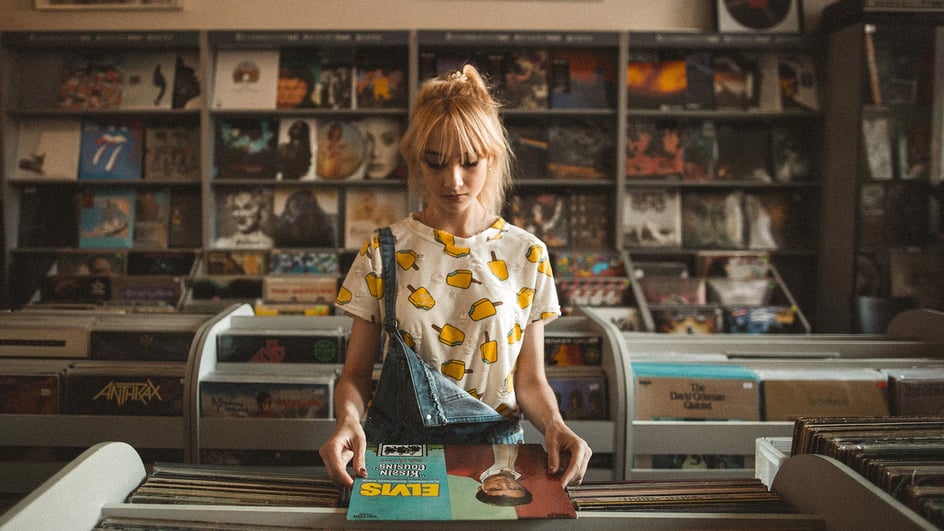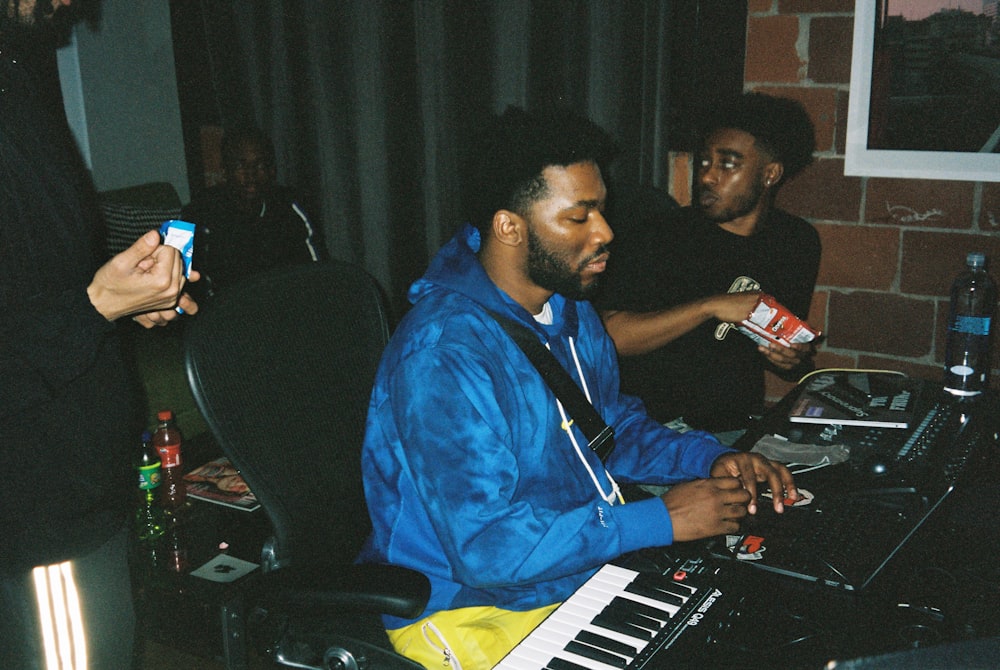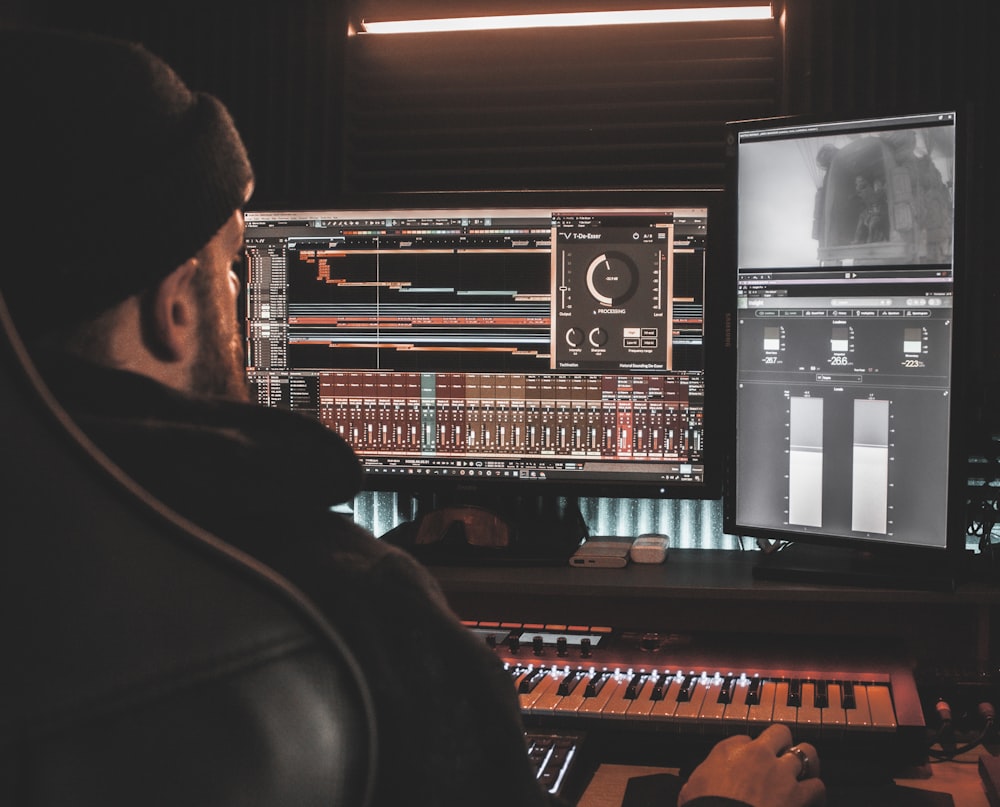
Mar 6, 2024
When creating content these days, there are a lot of boxes to check off before you can safely upload and share your videos across your different social platforms. Not only do you need to make sure that your videos are good, you know, but you also have to make sure that everything is properly secured and licensed.
If not, you risk getting copyright strikes across your various channels. And, as we’ve covered before on the Soundstripe blog, these copyright infringement claims can be devastating to content creators as they can result in your videos being muted, taken down, or even getting your channel permanently banned.
We’re here to help though. Not only with the fully licensed and secured music that you can find on our Soundstripe app but also to help you navigate through the necessary steps you’ll need to take to properly license music for your videos to share on all of the different social platforms these days like YouTube, Instagram, TikTok, Twitch, etc…
So, if you’re excited to explore the fascinating world of music licensing and copyright securities, then buckle up because we’re ready to roll.
The Basics of Music Licensing
Now as scary terms go, there isn’t much more frightening to those just starting in filmmaking and content creation than “music licensing,” “copyrights,” and “copyright infringement”. (Trust us, if you mess around with unlicensed audio for too long these terms will mess your day up.)
However, the most important thing to know is that artists’ rights matter. If you’re a musician and you write an awesome song that you upload online, you might be a bit irked to find out that someone is using your track in a national broadcast television commercial.
You’d feel just as bad if your music was being used for profit or to promote something and you weren’t seeing any residuals or payment for your work. And that’s the crux of music licensing.
To use music created by other artists in your content, whether that be for broadcast spots or your own YouTube videos, you should be giving credit where credit is due. And that’s where copyrights come in.
Copyrights and Royalty Free Music
All music, and all art pretty much for that matter, has natural copyrights that extend not just to the composer of any songs, but also to the performers, the record labels, and any other parties that contributed to the creation of the music.
These copyrights are protected by various laws and authorities, including monitoring by video platforms like YouTube, TikTok, Twitch, etc…. If you’re interested in using any music or audio that you didn’t create yourself, you’ll want to make sure that you properly license the music and let these platforms know that it’s taken care of.
The best way to do this is to invest in royalty free music, like the music offered by Soundstripe, that covers all of the sync licensing for you. Whether you purchase a single song or sign up for a membership, with Soundstripe everything is covered for you as the artists have been compensated and you’ll be free to share your videos as you’d like.
How to License Music for YouTube
When it comes to licensing music for YouTube, there’s actually a ton to cover. Not only does YouTube offer some of its own music for you to use (which is good, but not great), but the platform also has some of the most complex rules and workflows to follow to ensure that your videos are not liable to be blocked or taken down.
The basic steps are pretty simple though, especially if you’re using royalty free music from apps like Soundstripe. If that’s the case, all you’d need to do is:
- Go to the Soundstripe app
- Create an account
- Pick a plan
- Access thousands of songs and sound effects that are 100% cleared for your videos
From there you’ll have some options to help you authorize your channels, upload purchase codes for any of your clients’ channels, or even clear any copyright claims as needed if they ever do pop up. All perks of picking music provided by Soundstripe.
How to License Music for Instagram
Moving along, and in no order of particular preference, licensing music for other social media platforms like Instagram follows a similar process to YouTube. And, truth be told, when you license music from Soundstripe, you’re able to use it across all major platforms (and anywhere else you need to post).
Plus, it never expires, so you can rest assured that your music will live on and stay protected from any copyright claims or infringement issues.
For Instagram specifically, we’ve even put together a full playlist of great tunes that would do exceptionally well on everyone’s favorite photo-sharing-turned-video-centric platform. Check out the best royalty free music for Instagram here.
How to License Music for Facebook
Now, we like to keep up with the trends and know that Facebook is no longer the “cool” social media platform for lots of content creators. (After all, who wants their videos to get likes from their mom and great-aunts.)
But, regardless of your personal feelings about Facebook, it’s still very much a major player in the social media game. While it might be a bit more personal-focused than creator-focused these days, it’s a solid choice to upload your content as well.
And, as you might expect, the process for licensing music for Facebook is about the same as for other platforms like YouTube and Instagram (the latter of which is owned by Facebook of course).
How to License Music for X (aka Twitter)
Twitter, we’re sorry, X is another social media platform that is making a play for more video content creators to become a part of its ecosystem. Similar to YouTube, Instagram, Facebook, etc… the rules surrounding how to license music for X are about the same.
X is maybe a bit trickier to master just due to the changing nature of its interface and how it monetizes content these days. However, if you’re looking to create content to share across multiple platforms, X is a great one to consider as well.
How to License Music for TikTok
TikTok is fast becoming one of the biggest — and most important — social media platforms in the world. And while its dominance isn’t secured just yet, it’s certainly one of the hottest and most accessible content platforms that creators are flocking to if they want to quickly launch their brands or careers.
TikTok has its own rules for the commercial use of music on its platform, but it’s nothing much different than its competitors — and nothing music licensed from Soundstripe can’t handle.
If you'd like to learn more about how to license music for TikTok specifically, head over to our full article here.
How to License Music for Twitch
Finally, Twitch can be a bit trickier for content creators to master. Unlike the other platforms mentioned above, Twitch is a live-streaming app that has had to implement some rather complex procedures and rules to stop users from illegally streaming everything from album leaks to heavily copyright-protected blockbuster movies.
With Twitch in particular you should be extra careful that you’re not using any copyrighted music in your videos. Users have had their channels taken down for accidentally letting music or television shows broadcast in the backgrounds of their videos, so you should be hyper-aware of what goes into your streams.
Luckily, we have several resources to help you with Twitch music specifically, including a full Twitch music library as well as a Soundstripe extension that you can use in Twitch to Create the perfect listening experience for your viewers.
Hopefully, this article has answered all your questions about music licensing for various platforms including YouTube, Instagram, Facebook, Twitter (X), TikTok, and Twitch. If you have any more music licensing concerns or questions, be sure to check out our Soundstripe help page.

